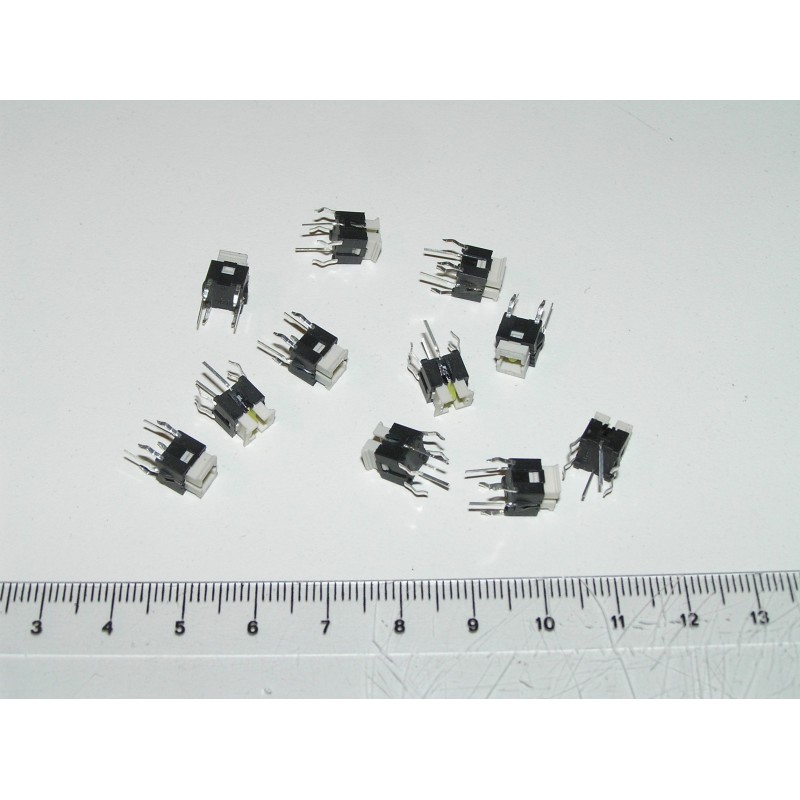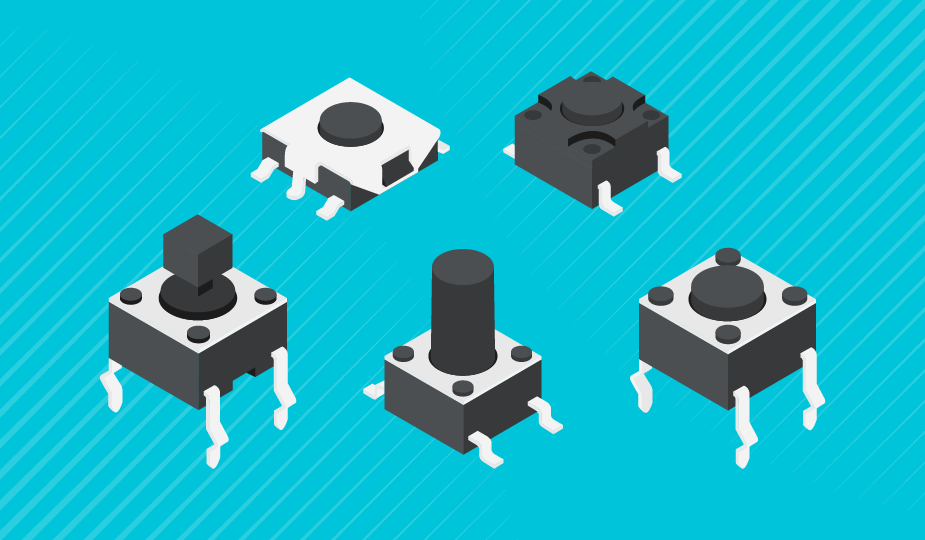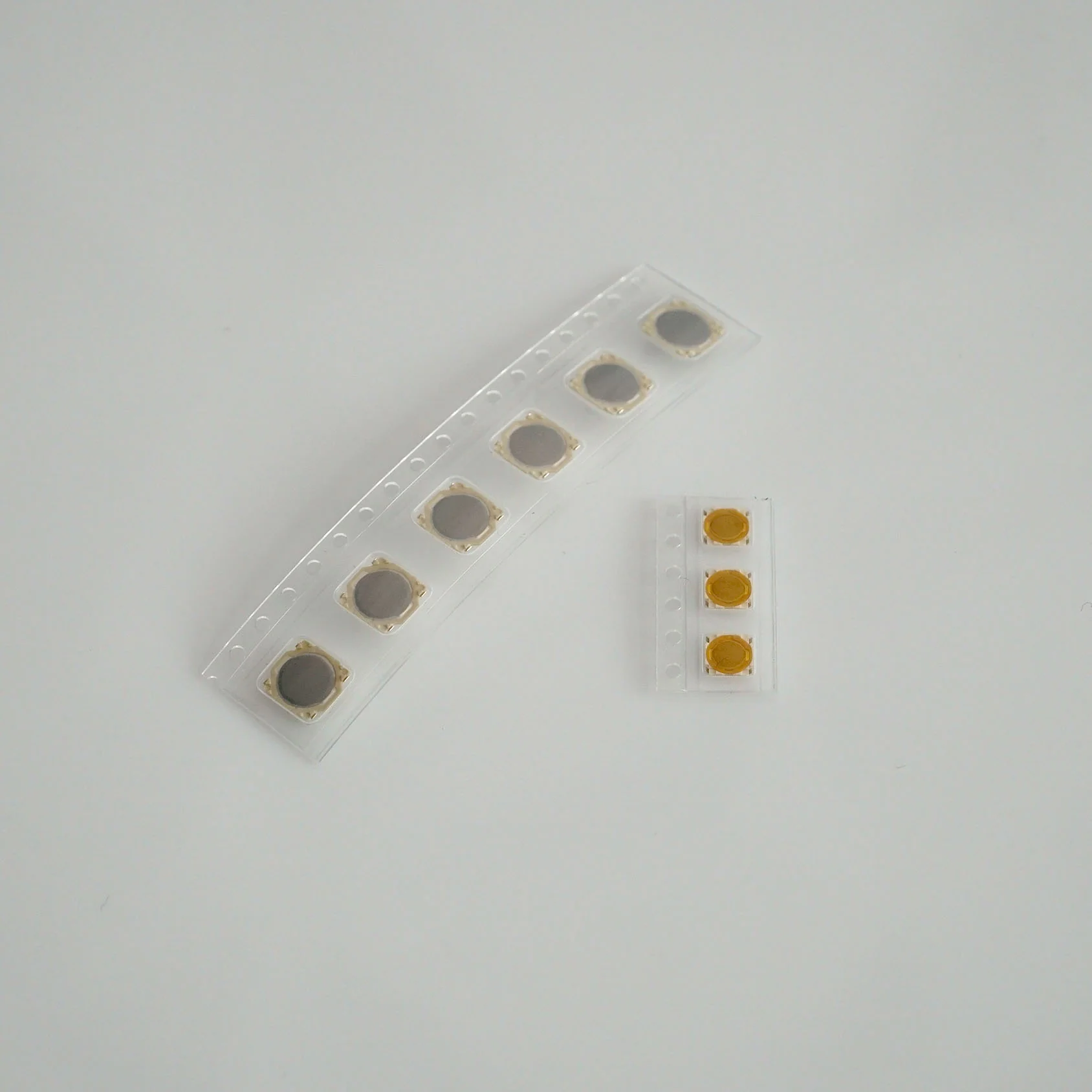Custom builders love experimenting with different brands of tactile switches for unique setups.
Comprehending the Benefits of Tactile Switches for Enhanced User Experience
Tactile switches are essential to modern-day user interfaces, supplying physical comments that enhances interaction accuracy and customer contentment. By offering an unique experience upon activation, tactile switches confirm customer inputs without the need to divert visual focus, simplifying job execution and lowering mistake rates.
Exploring the Mechanics of Tactile Switches
To comprehend just how tactile switches improve customer experience, it is vital to explore their mechanics. Tactile switches run with a mechanism that individuals can really feel and listen to when a secret is pushed. This is achieved by including a small dome or bump within the button, which develops resistance at a details factor in the keypress path. When this factor is gone beyond, the resistance provides means, producing a visible 'click.' This physical experience is important as it provides instant physical feedback to the user, verifying that the input has actually been made without requiring to trigger the switch totally.
The building and construction of these switches differs, but common materials consist of metal for the get in touches with and rubber or silicone for the responsive dome - tactile switches. These elements are crafted to endure millions of cycles, guaranteeing resilience and regular efficiency with time. This dependability makes tactile switches particularly favored in atmospheres that require quick, specific customer input
Exactly How Tactile Comments Boosts Precision and Speed
Several individuals locate that tactile responses from switches dramatically improves both the precision and speed of their interactions with tools. The distinctive physical feeling offered when a tactile switch is actuated permits users to confirm their input without requiring to confirm visually. This confirmation is important in atmospheres where interest is split across several jobs, as it makes sure inputs are both intentional and correct.
In addition, the instant feedback from responsive buttons reduces the moment taken between activities. Individuals do not need to push keys numerous times to guarantee activation, causing quicker feedback times. This efficiency is particularly helpful in high-speed typing scenarios where each millisecond can add to general productivity.

Furthermore, the enhanced sensory experience decreases customer tiredness and raises engagement, making communications more user-friendly and much less prone to errors - tactile switches. Hence, tactile switches not only enhance the capability of visit this page a tool yet likewise contribute to a more rewarding user experience
The Duty of Tactile Switches Over in Video Gaming Performance

Additionally, tactile buttons contribute to much faster reaction times. The physical experience verifies the key press without the demand to bad the tricks, allowing quicker inputs and a smoother pc gaming experience. This is particularly advantageous in video games that demand fast and recurring keystrokes, where speed is commonly as crucial as accuracy.

Tactile Switches in Expert Settings
Responsive buttons are just as transformative in expert settings, where performance and ergonomic layout improve performance. These buttons, generally found in high-precision key-boards, are prized for their receptive comments. When pressed, they supply i loved this a noticeable bump midway with the keypress, confirming activation without the need for complete traveling. This function allows specialists such as typists, developers, and data access clerks to increase keying speed and accuracy, lowering the threat of errors and the pressure connected with extended key-board use.
In setups like control rooms or studios, responsive switches are integrated into tools for their dependable performance. They offer drivers the certainty needed in high-stakes atmospheres, making sure that every command or adjustment is performed as intended. This reliability, paired with the tactile reaction, aids preserve high degrees of focus and operational performance, essential in preserving workflow and meeting specialist standards.
Contrasting Tactile and Non-Tactile Interface
Exactly how do tactile interface contrast to their non-tactile equivalents? The key difference hinges on the responses offered to customers. Tactile user interfaces, such as those with physical buttons or distinctive surfaces, supply instant physical feedback with touch. This great site sensory action can enhance customer precision and speed, specifically in atmospheres where aesthetic interest need to be separated. Non-tactile interfaces, like those with level touchscreens, depend on visual or auditory feedback, which might not be as prompt or with ease refined.
The option in between tactile and non-tactile user interfaces frequently relies on the application's context and individual needs. For circumstances, responsive interfaces are invaluable in circumstances needing operation without direct line of sight, such as driving or in certain industrial setups. On the other hand, non-tactile interfaces can be remarkable in clean or sterile environments where physical buttons might nurture impurities. Each type has its strengths, and the ideal option boosts customer communication, guaranteeing performance and effectiveness in customer experience.

Conclusion
In final thought, tactile buttons dramatically enhance customer experiences by providing essential physical responses. By supplying an extra intuitive and gratifying interaction, tactile switches show exceptional to non-tactile interfaces, making them a favored option for individuals seeking reliability and performance in their communications with technology.